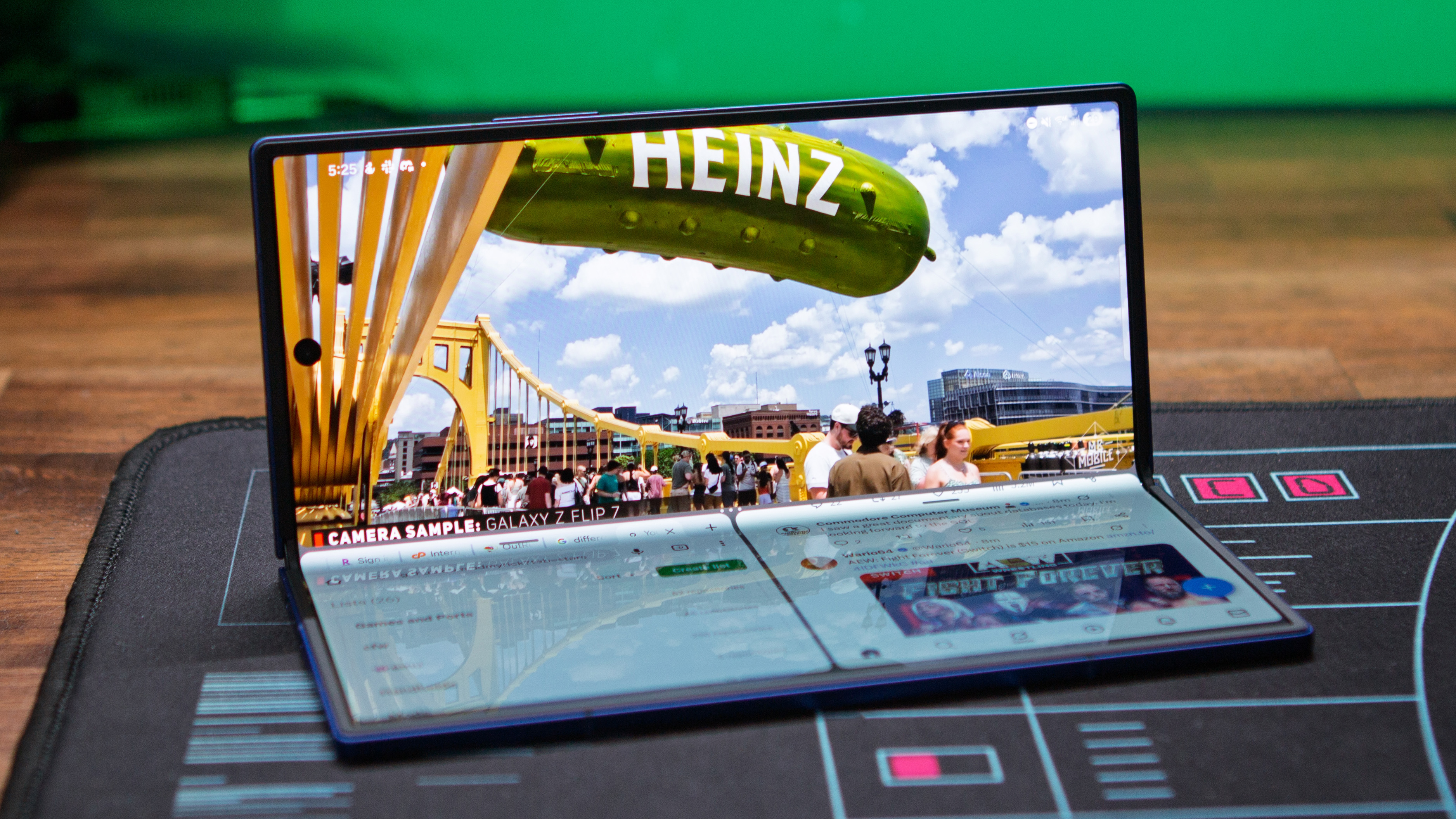Farewell, AOL Dial-Up: The Digital Dinosaur Finally Extinct
Hello everyone. Let’s talk about a funeral – not for a person, not for a game server, but for that tortured symphony of beeps, buzzes, and static screeches that defined the dawn of the internet age. Yes, AOL, the provider of the “you’ve got mail” era, is finally yanking the plug on its dial-up service after thirty-four years. And if you didn’t just hear a 56k handshake sound in your head, congratulations – you’re under 30.
Now, you might think “Wait, this was still a thing?” Yes. In 2025. In an age where 5G, Wi-Fi, and fiber make it possible to stream a 4K video while ordering a pizza and tanking in your favorite MMORPG – all on the same device – there were still thousands, yes thousands, of people riding the copper-wire snail train to the web at 56 kilobits per second. That’s not just slow; that’s physically offensive to data packets.
The End of the Beginning
On September 30, AOL will officially pull the plug. No more dialer software, no more charming “please get off the phone, mom” arguments. The era that began way back in 1991 – with modems shrieking like tortured droids into your landline – will quietly fade into the abyss alongside floppy disks, CD-ROM drives, and your long-abandoned Myspace profile.
AOL’s official statement basically translates to: “We looked at our services, realized it’s 2025, and finally decided maybe dial-up is no longer the hill to die on.” Fair enough. It only took three decades and a staggering gap in speed evolution to pull the plug. Dial-up maxed out at a whopping 56 kbps, which is about as fast as pouring honey during a Minnesota winter. Meanwhile, broadband now can hit speeds north of a gigabit. That’s not an upgrade; that’s skipping several evolutionary eras. We’re talking going from Velociraptor to warp drive overnight.
Why This Digital Fossil Lingered
As with any outdated tech that just won’t die, dial-up hung around in part because of stubborn reality. Rural infrastructure in the U.S. is, frankly, about as prepared for the digital age as a medieval village. As recently as 2023, about 163,000 U.S. households – just over 1% of internet subscriptions – were still stuck on dial-up, according to USDA data. In broadband’s game of Civilization, these places got left in the Stone Age while the rest of us are launching satellites.
And here’s the mad thing – as late as 2015, AOL’s dial-up service was still raking in over $40 million a month. That’s right. $40 million. In an era when you could get better speeds from tethering your phone in a basement bathroom. No wonder it took them this long to kill it – turns out a dwindling user base still makes for a fat paycheck when you’re selling nostalgia disguised as a utility.
Burying Our Relics
Let’s add this to the freshly dug internet graveyard. Microsoft’s Internet Explorer, buried in 2022. Skype, essentially ghosted as the world fell in love with Zoom and Google Meet. AOL Instant Messenger (AIM), sent to the digital gallows back in 2017. This is the online equivalent of raiding a dungeon only to find out all the loot is obsolete the moment you step outside. The old internet isn’t just dying – it’s being methodically deleted from existence so your kids will have no clue how much pain we endured for a single JPEG to load.
Nostalgia vs. Reality
I get it – some of you out there are misty-eyed hearing that dial-up tone for the last time. But let’s not romanticize it too much. Yes, it represents a simpler internet untouched by algorithmic sludge and infinite Doomscrolling. But it also meant crawling speeds, dropped connections, and an inability to browse and talk on the phone at the same time unless you were living that luxury “second phone line” lifestyle. Technologically speaking, this was the wooden sword of internet access. Fun for training, useless in a real fight.
Dial-up wasn’t so much a way to connect – it was an endurance test. And most of us failed the patience check.
Still, there’s a strange comfort in knowing it took 34 years to end. Like watching the final boss of a retro RPG finally keel over after you’ve been farming it for hours. Tiring, inevitable, but a little bittersweet.
Final Verdict
In the grand autopsy of internet history, AOL dial-up gets a big toe tag marked: “Charming relic, mercifully dead.” This wasn’t a graceful retirement; it was a mercy kill long overdue. The infrastructure that birthed it has long been outpaced, the user base has dwindled to microscopic proportions, and frankly – if you’re still on dial-up in 2025, the biggest upgrade you can make isn’t your internet connection, it’s your entire life setup.
So farewell, dial-up. You were annoying, slow, and gloriously 90s. And now you’re gone. Good riddance. And that, ladies and gentlemen, is entirely my opinion.
Article source: After 34 Years of Booop-Beep-Beep-Beep-Krsssh-Eee-Brrrrrrr, AOL’s Dial-Up Service Is Finally Shutting Down, https://gizmodo.com/after-34-years-of-booop-beep-beep-beep-krsssh-eee-brrrrrrr-aols-dial-up-service-is-finally-shutting-down-2000641334



